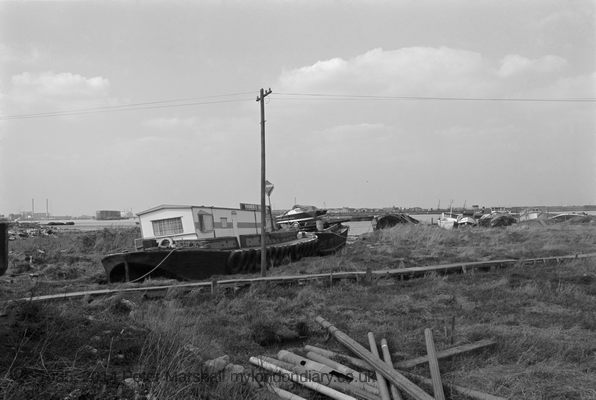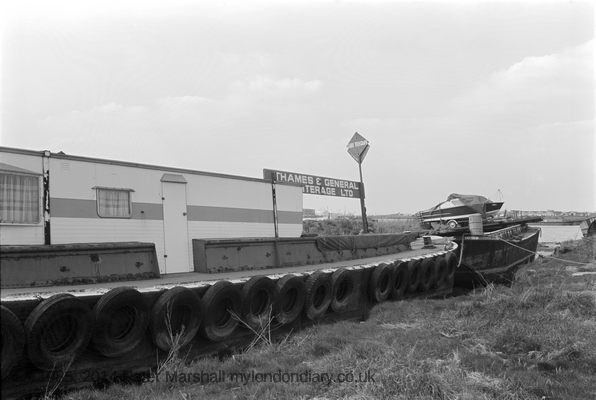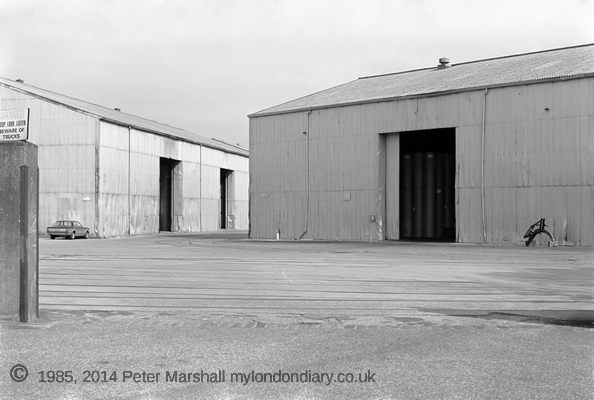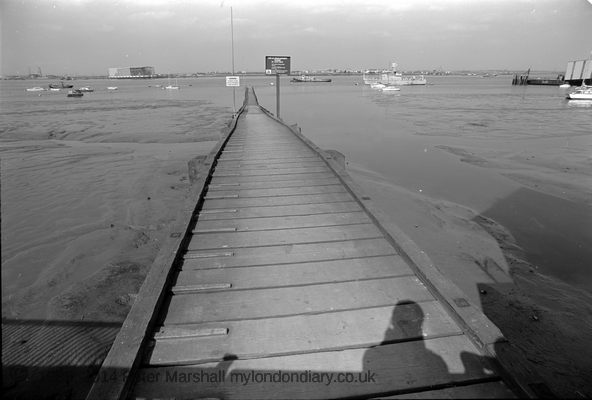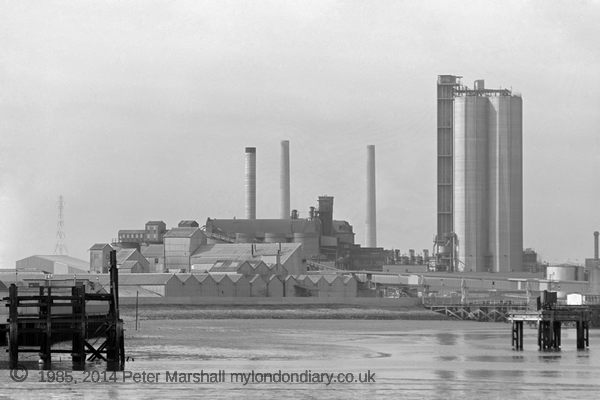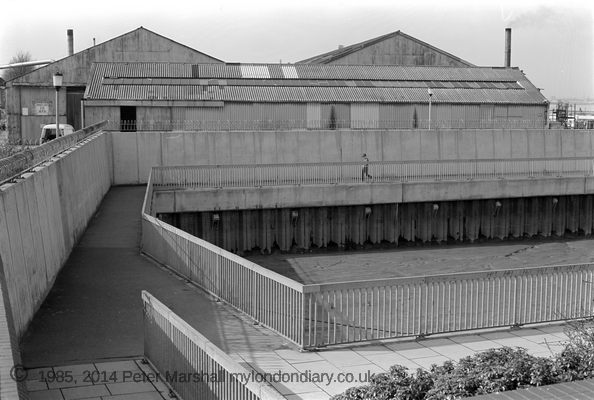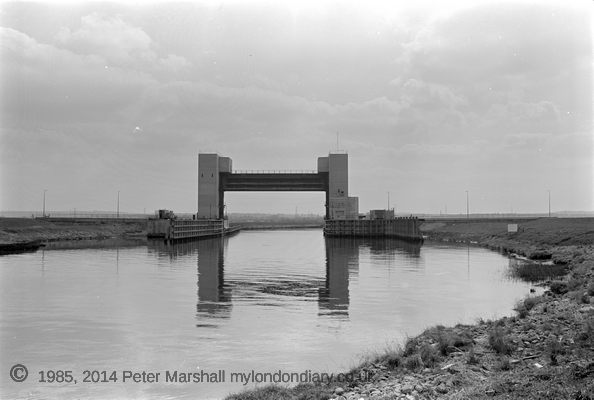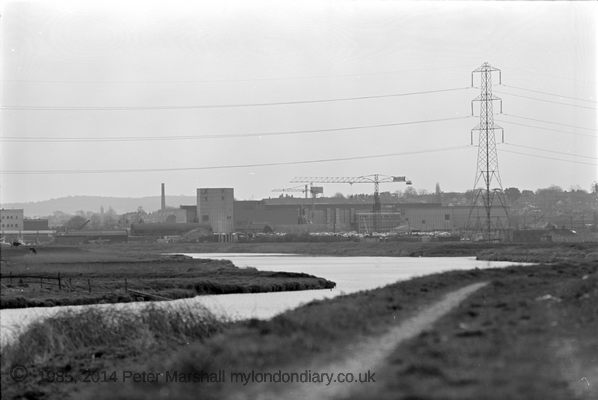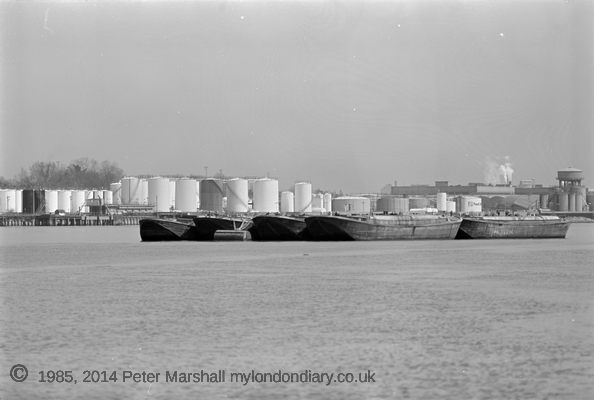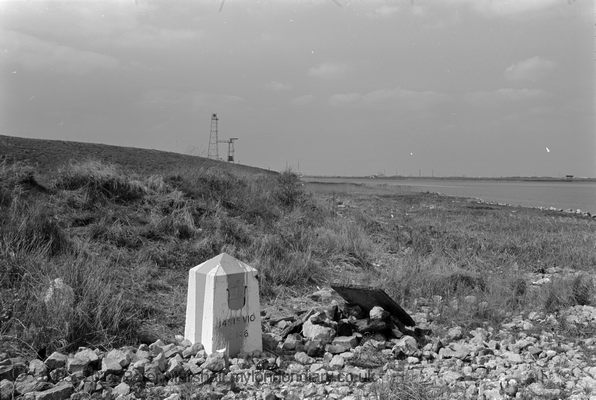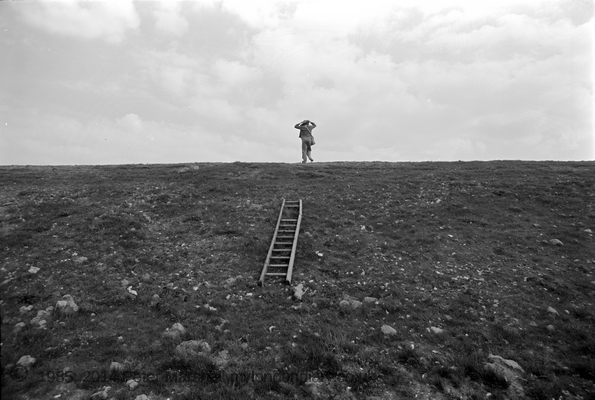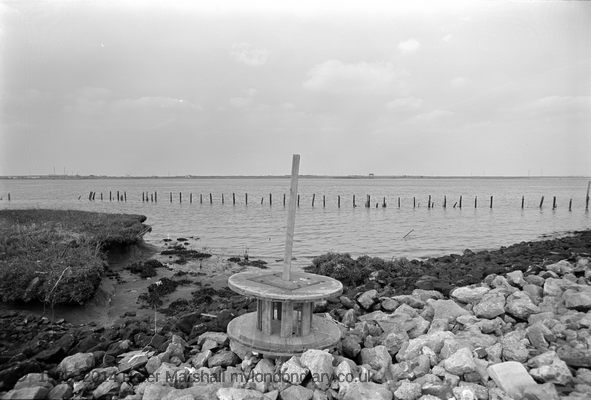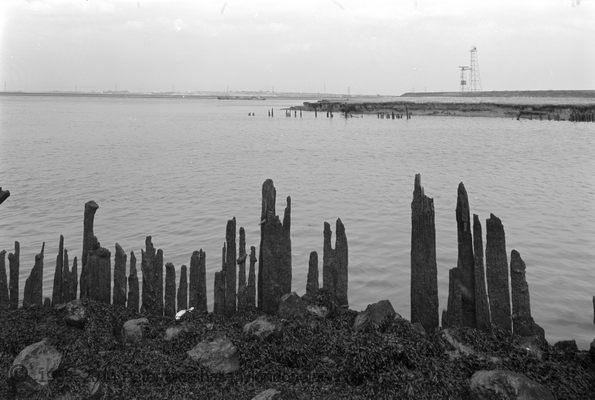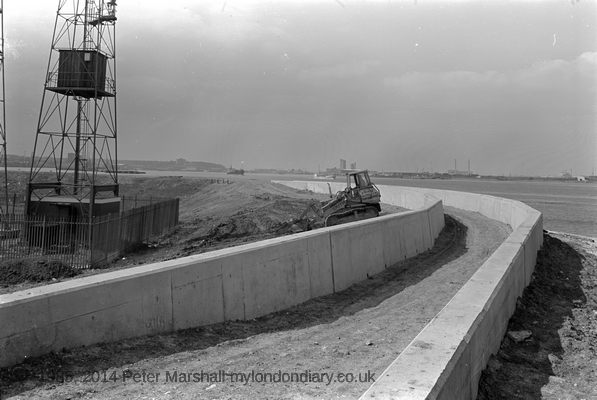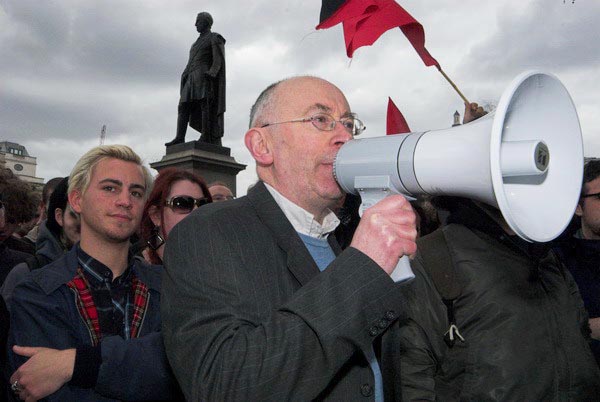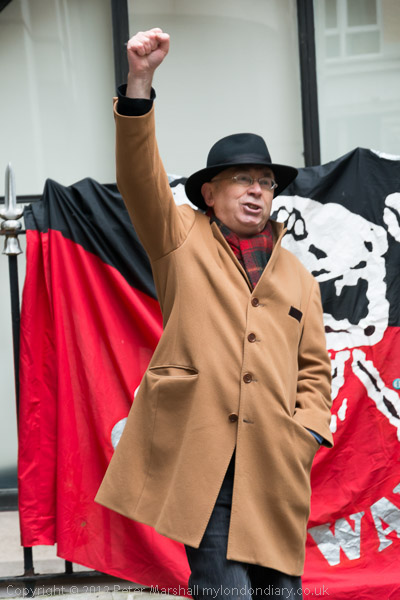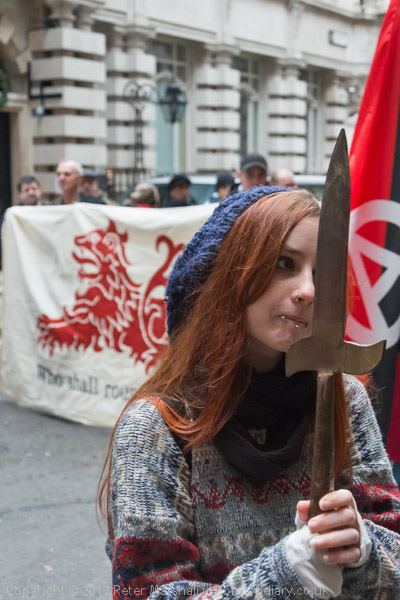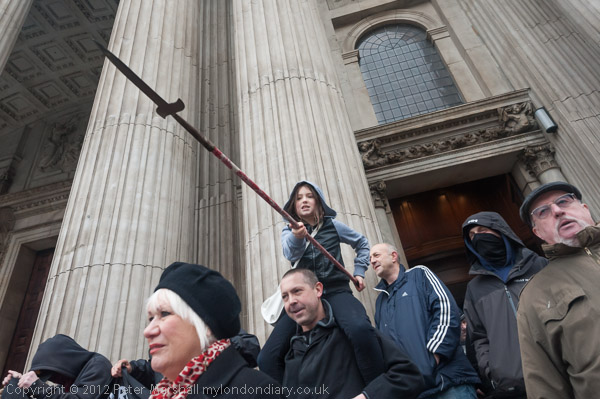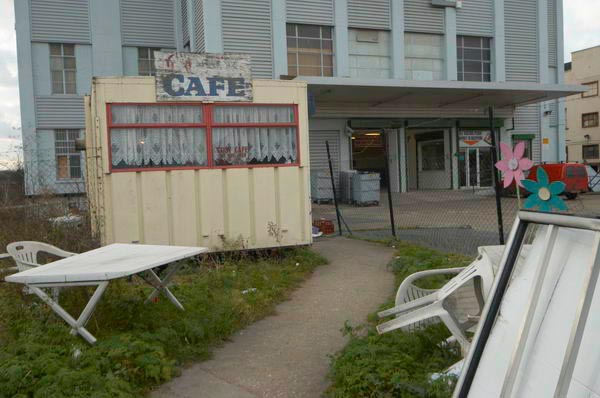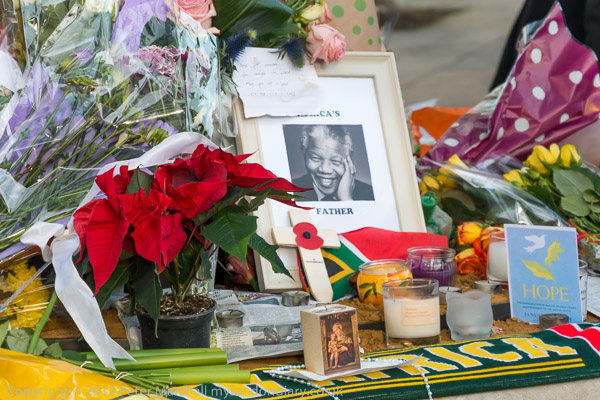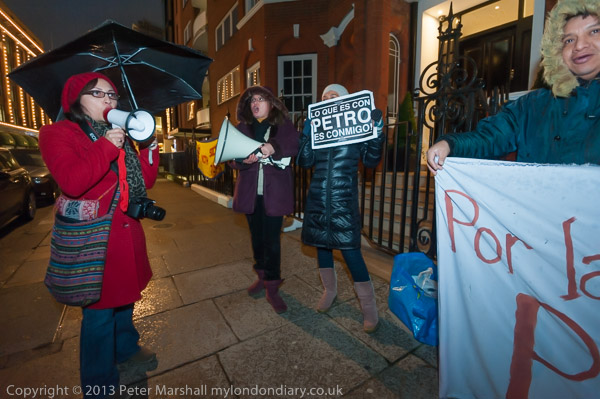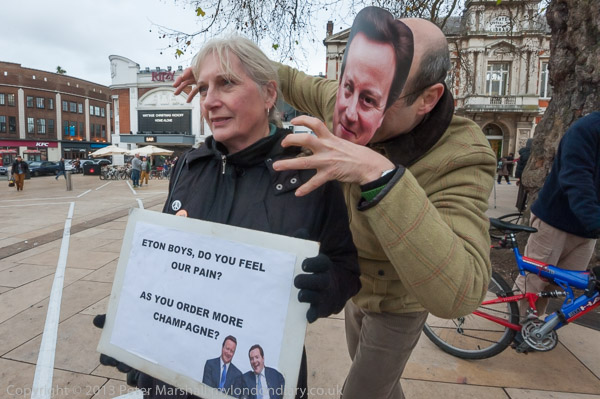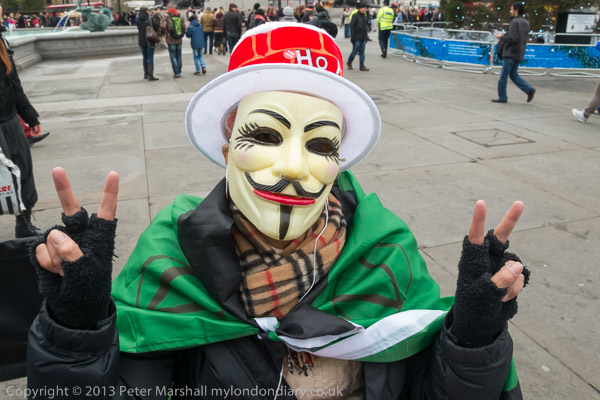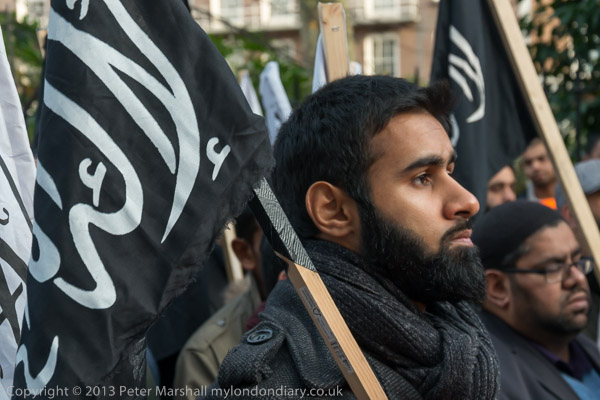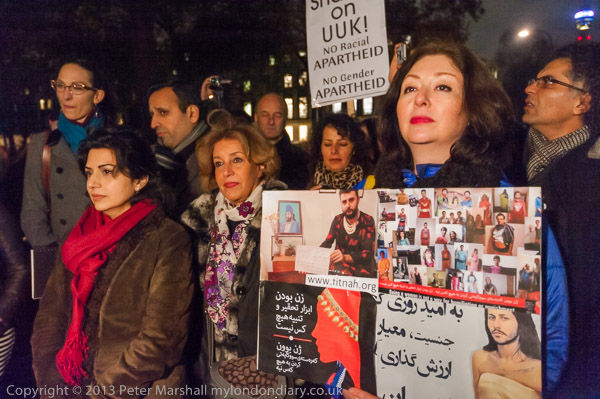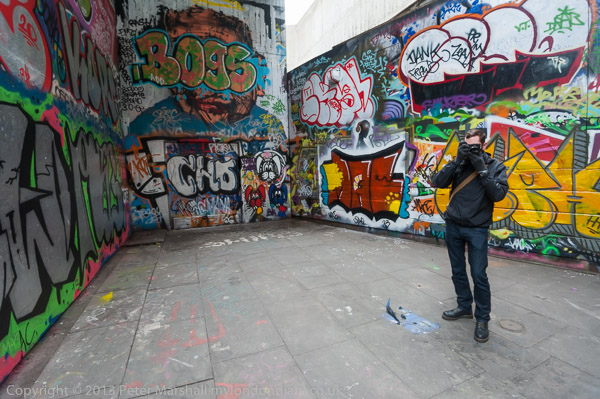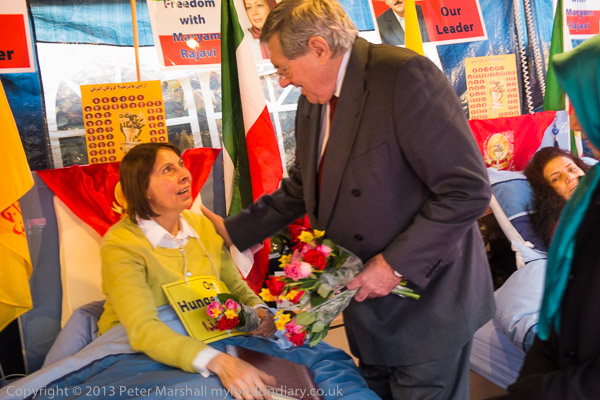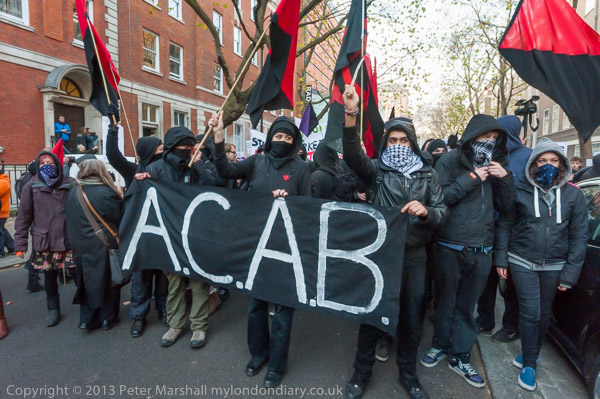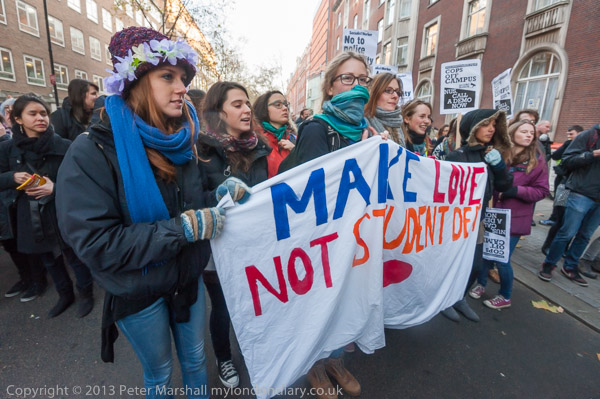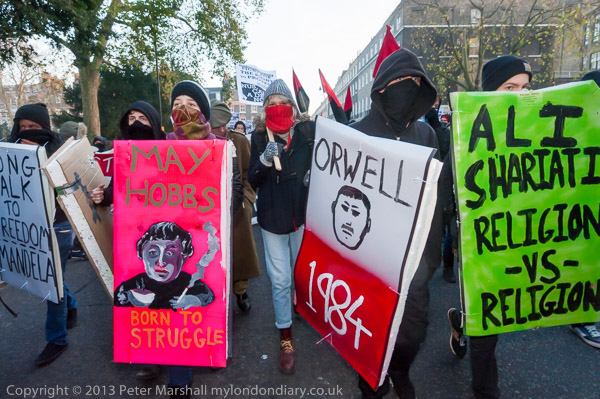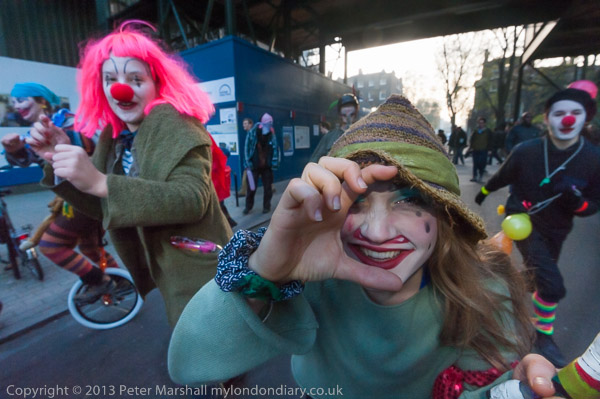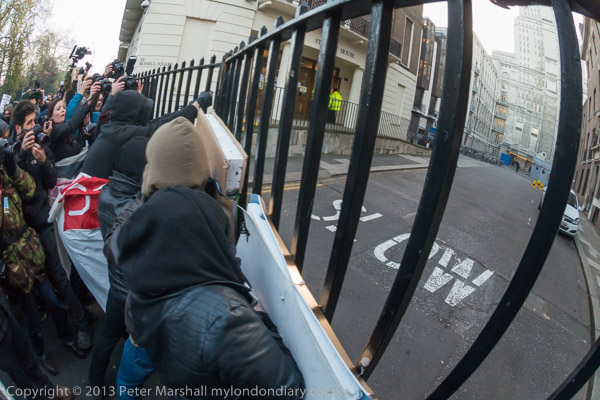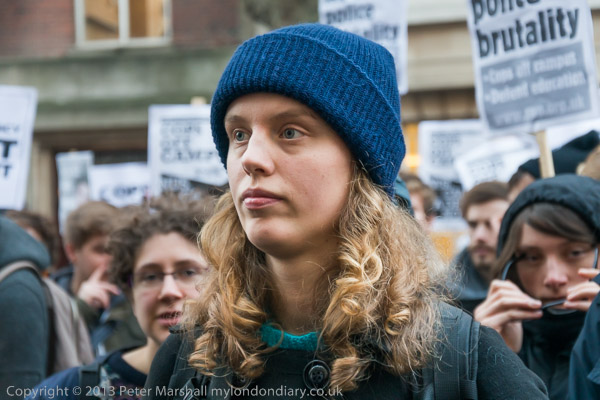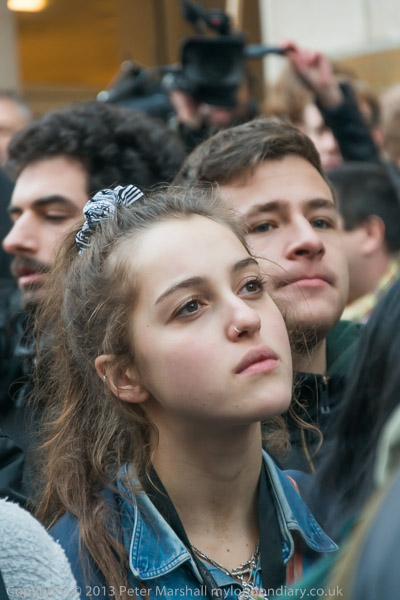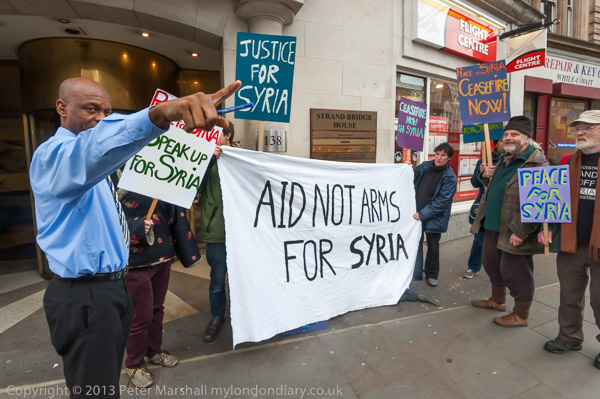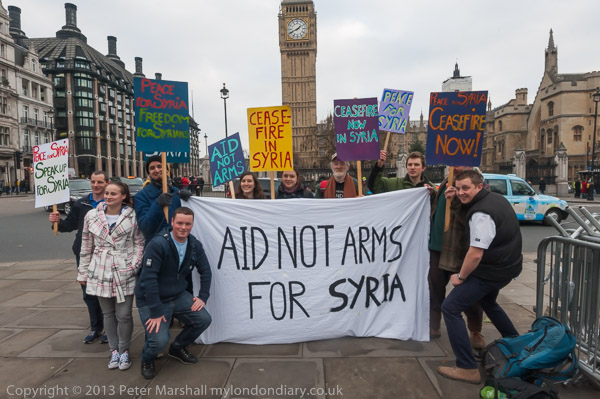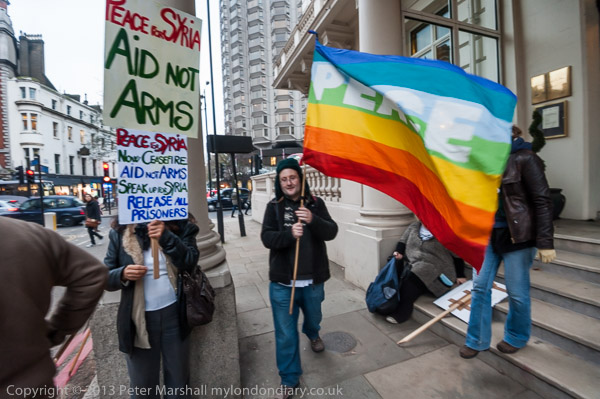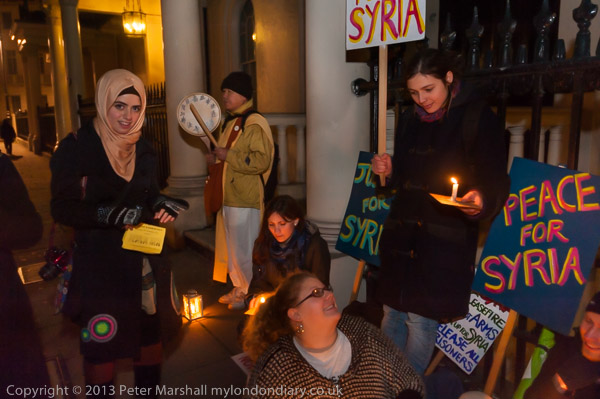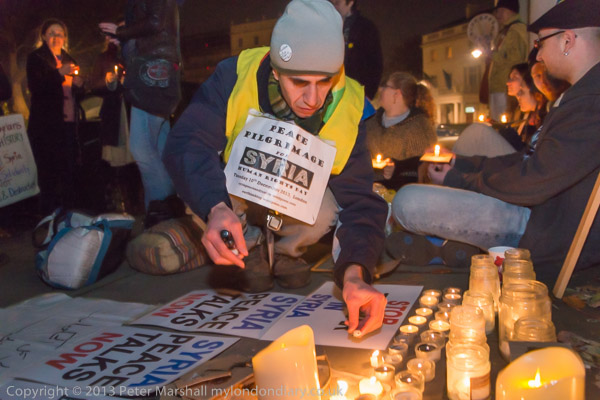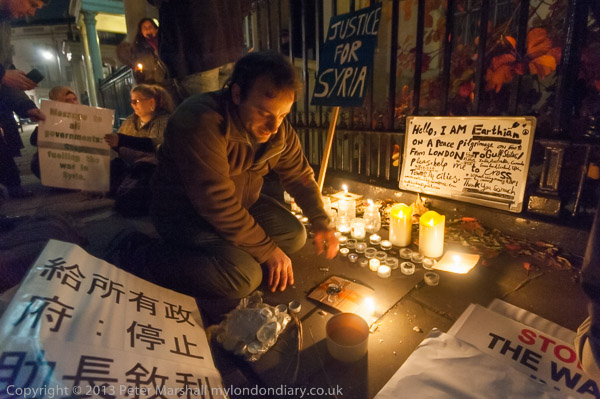The first post that I wrote for ‘About Photography’, where for around 8 years I wrote a regular weekly photography column as well as setting up a web site dedicated to photography, was about David Bailey. Looking back, it wasn’t one of my better articles, but – perhaps because it had a touch of humour as well as a little insight – it got me the job.
Bailey has never really been one of my favourite photographers, but there are certainly things about him and his work that I admire. And clearly he is a guy with a dedication to photography, and a fashion photographer only because that was (according to him) an easy way to make a living so he could take pictures.
While some BBC Radio programmes never make it to iPlayer and others disappear after a week, you have, according to the web site, ‘over a year’ to listen to David Bailey talking to (and photographing) presenter Tim Marlow about how he got started and his attitude to portraiture and fashion. The first of two programmes in the series ‘Getting the Picture’, The Camera Has Attitudes, can be heard now, and the second part of the conversation with Bailey, He Seduces Everybody! will be on-line after it has been broadcast on Monday 20th January.
These programmes come in advance of a new show at London’s National Portrait Gallery, Bailey’s Stardust, which runs from 6th February to 1 June 2014. Meanwhile you can search the gallery’s collection both for pictures taken by him and pictures of him.
There are quite a few sites around the web with articles on Bailey, and more with some of his pictures. But perhaps the most interesting of them is by Francis Hodgson, David Bailey – Still Troubling After All These Years. Writing at the time of the show David Bailey’s East End at the Compressor House in London’s former Royal Docks in 2012 (a show dedicated to , Hodgson comments:
David Bailey has had insufficient attention. That sounds absurd. One of the most famous photographers we have? Certainly, but he’s almost never had a public show – one big one at the Barbican (and the Barbican is oddly funded, it’s not really a national venue) otherwise scraps. It is impossible to imagine a German photographer of equivalent status, a French or a Dutch, to have received so little public confirmation. Our curators really haven’t been doing their work if Bailey can unearth treasures on this scale in a few months of trawling his own files.
And it is so obviously true, and something the show at the National Portrait Gallery will really do little to correct, because its focus is simply on one very limited aspect of Bailey’s work and perhaps this is not really his strongest suit. Some of them are excellent for the genre, and certainly head and shoulders (excuse me!) above some of the mediocrity that seems to be the NPG’s forte, but there is much more to the man than these images which are largely about celebrity.
Of course, Hodgson’s complaint is one that could be echoed about many other British photographers and about the British establishment’s attitude to photography in general. And if our own institutions don’t bat for them it’s hardly surprising that so many have not gained the international reputation they deserve.
Hodgson finishes with the final footnote :
I see that the show is dedicated to the late Claire de Rouen, bookseller of the Charing Cross Road, and a person whose enthusiasm for photography was the engine for an entire generation of UK practitioners.
Many of us were indeed encouraged and stimulated by her enthusiasm at the Photographers’ Gallery where I first got to know her (and in the Porcupine) and then later at Zwemmers and then her own bookshop further up the Charing Cross Road. If only there were more like her.
